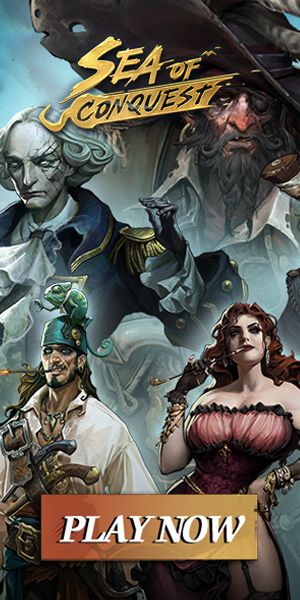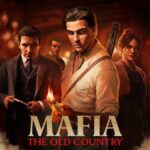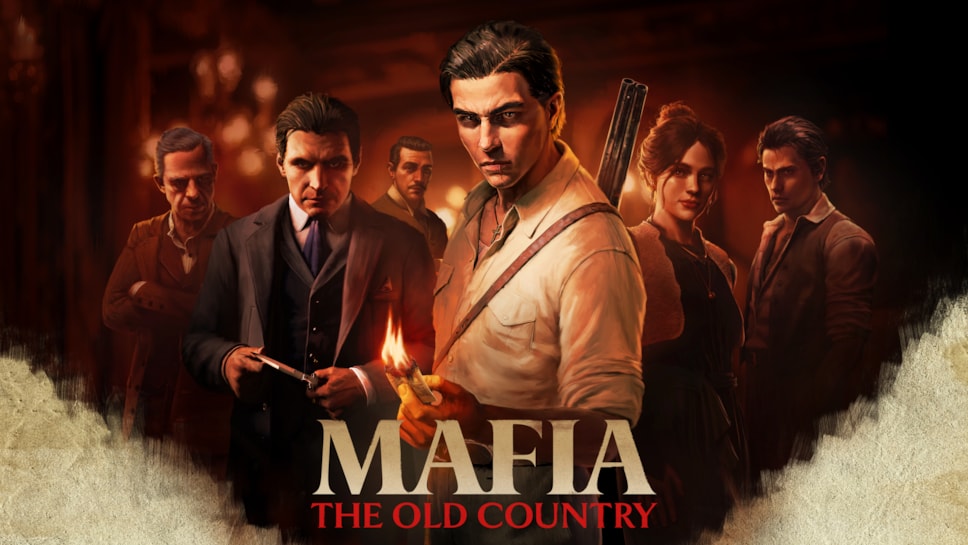Mafia: The Old Country Review: A Gorgeous Gangster Tale Trapped in the Past
Introduction: A Cinematic Mafia Saga with Old-School Baggage The Mafia franchise has always stood apart from the chaos-fueled mayhem of Grand Theft Auto. From its 2002 debut, this series has carved...
Introduction: A Cinematic Mafia Saga with Old-School Baggage
The Mafia franchise has always stood apart from the chaos-fueled mayhem of Grand Theft Auto. From its 2002 debut, this series has carved its identity by focusing on gripping, story-driven narratives steeped in rich, period-authentic atmospheres. Whether it’s the smoky streets of Empire Bay in Mafia I & II or the southern grit of New Bordeaux in Mafia III, the settings are as much characters as the gangsters who inhabit them.
Mafia: The Old Country continues this legacy with a captivating portrayal of early 1900s Sicily, but despite its stunning setting and compelling characters, the game stumbles due to dated mechanics and a lack of meaningful interactivity.
A Familiar Rise Through the Ranks
The story centers on Enzo Favara, a young man who escapes the brutal life of a sulfur miner only to fall into the embrace of the Torrisi crime family. Rescued by the enigmatic Don Torrisi (who’s clearly channeling The Godfather vibes), Enzo begins his journey in the vineyards, meeting a colorful cast: the fiery nephew Cesare, the wise mentor Luca, and Isabella, the Don’s daughter who sparks a romantic subplot.
Over a roughly 12-hour campaign, Enzo’s descent into organized crime plays out predictably: a promising life turns dark, loyalties are tested, and violence brews beneath every quiet dinner scene. While the beats are familiar, it’s the nuanced performances and solid writing that keep the story engaging.
Characters That Take Time to Shine
First impressions aren’t great. Enzo is reserved, Don Torrisi borders on Michael Corleone-lite, and even Luca initially feels like a generic mobster archetype. But stick with it, these characters come alive in later chapters. Luca, in particular, evolves into a standout figure, guiding Enzo through the dark moral maze of Mafia life. Cesare, too, shows more depth as he wrestles with familial expectations.
One character who grabs attention from the get-go is Tino, the family’s cold and calculating consigliere, brought chillingly to life by Anthony Skordi. His scenes are consistently captivating.
Been There, Shot That
While the performances elevate the material, the plot rarely surprises. If you’ve seen any classic mob movie, you’ll likely predict every betrayal, every tragic turn. Unlike Mafia III, which took narrative risks exploring race and politics, The Old Country plays it safe. The framework is solid, but it doesn’t break new ground.
Sicily Steals the Show
Where the game truly shines is its setting. The rolling hills of the Sicilian countryside and the intricate streets of San Celeste are nothing short of breathtaking. From sun-bleached stone buildings to period-authentic outfits, cars, and firearms, Mafia: The Old Country is a visual feast.
Developer Hangar 13 knows the power of its environments: many missions make you walk through elaborately designed interiors, soaking in the atmosphere. While some may find the slow pace annoying, these moments are a masterclass in environmental storytelling. San Celeste pulses with life, history, and culture, especially during festivals and public gatherings, which transform the town into a vibrant spectacle.
History That Grounds the Fiction
Hangar 13 smartly grounds its narrative in real-world history. The game’s opening in a sulfur mine isn’t just for drama: Sicily’s sulfur mines were infamously dangerous in the early 20th century, tied to both economic exploitation and Mafia control. This historical detail isn’t just window dressing—it informs the world, characters, and tone. One standout moment late in the game even uses Sicily’s geography and real natural phenomena to heighten the drama.
An Interactive World That Isn’t
As detailed as the world looks, it’s disappointingly static. Venture off the main path and you’ll find there’s little to do. The world rarely reacts to your actions. There are no police to enforce the law, NPCs are lifeless, and you can’t use weapons in most public areas.
The game leans into a chapter-based mission structure similar to Mafia I & II, ditching the open-world approach of Mafia III. It’s a deliberate choice to keep the focus on storytelling, but it comes at the cost of immersion. Exploration Mode attempts to give players some freedom, but the world feels hollow when you’re not following the main story.
Gameplay: Style Over Substance
Gameplay-wise, Mafia: The Old Country sticks to a familiar loop: drive, shoot, cutscene -rinse and repeat. Stealth segments are especially frustrating due to instant-fail conditions and unforgiving checkpoints. One mission involving a government safehouse is particularly grating: get spotted, and it’s back to the start, no matter how far you’ve gotten.
Combat is slightly improved from Mafia: Definitive Edition. The shooting is punchy, thanks to excellent sound design and enemy reactions. Standard AI offers a decent challenge, with enemies flanking and pushing aggressively. It’s not revolutionary, but it’s solid.
Knife fights mark major confrontations and offer a break from gunplay. Enzo can dodge, counter, and parry, though these duels are shallow and repetitive. Worse, they become narratively absurd: every major villain seems ready to drop their gun and knife-fight like it’s a West Side Story showdown. It undercuts the grounded realism the rest of the game works hard to build.
Final Verdict: Beauty Trapped in a Bygone Era
Mafia: The Old Country is a game of contrasts. Its world is stunning, its characters well-acted, and its historical setting rich with detail. But outdated mechanics, stiff gameplay, and limited interactivity hold it back. It feels like a beautifully crafted gangster film stuck inside a 2010-era game engine.
If you’re here for the narrative and scenery, you’ll find a lot to love. Just don’t expect a modern open-world sandbox or deep gameplay systems.









